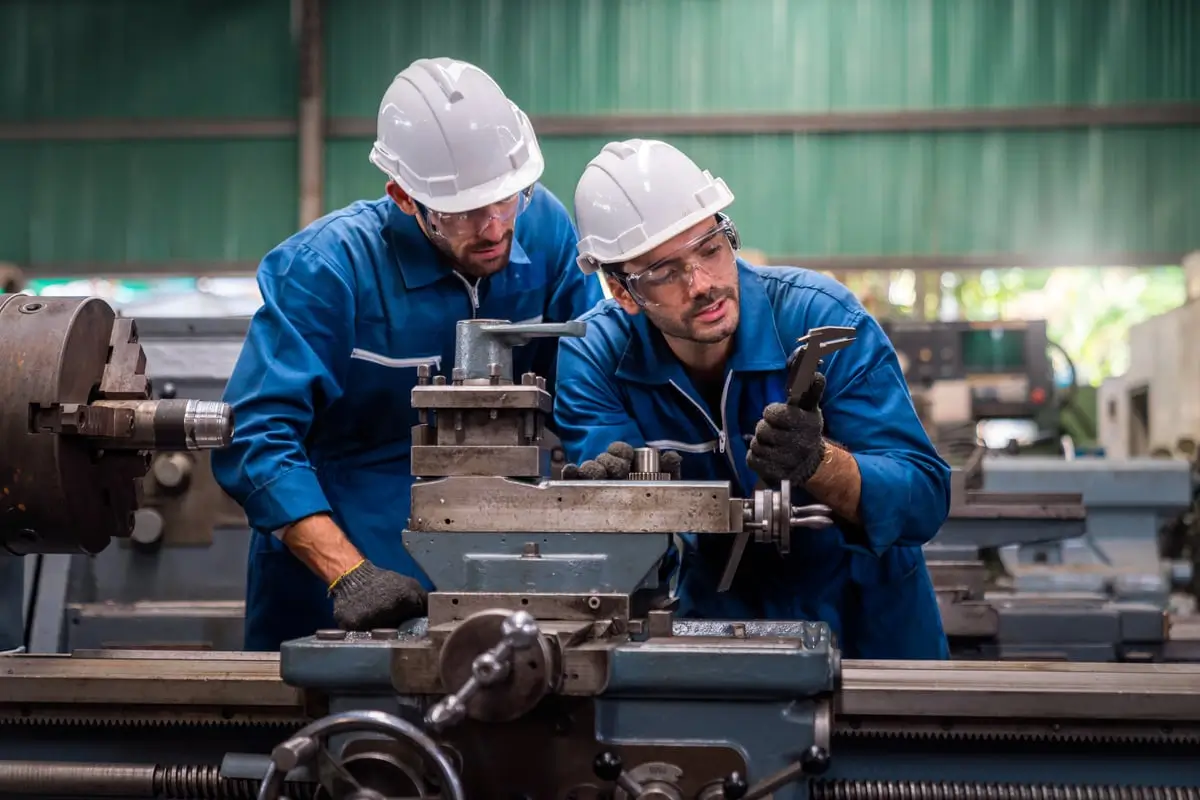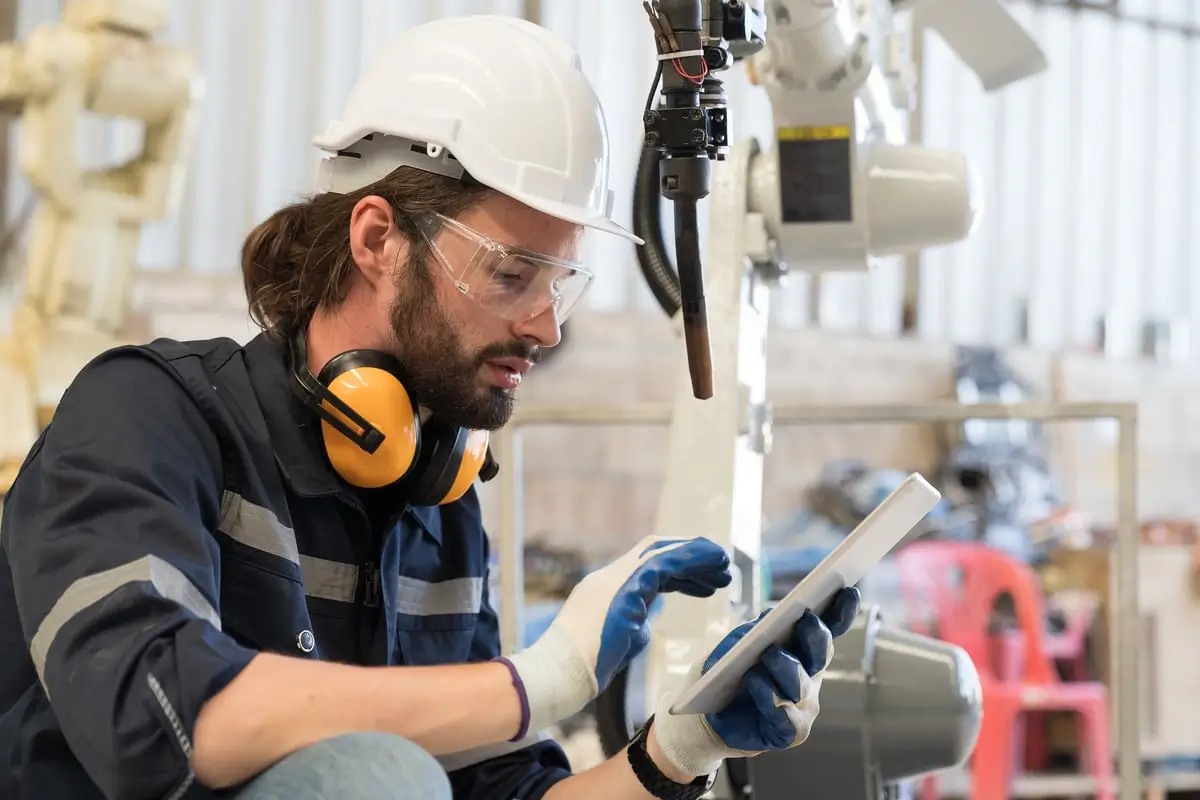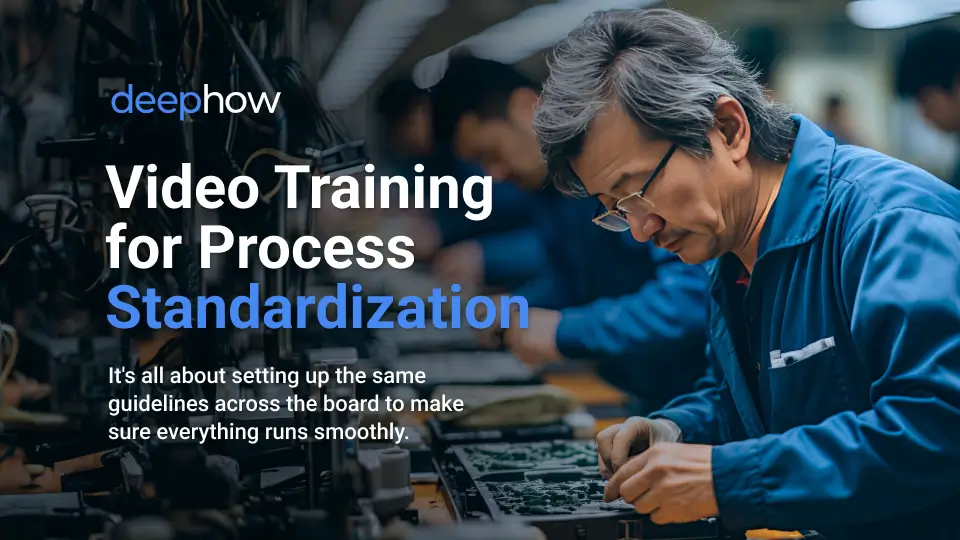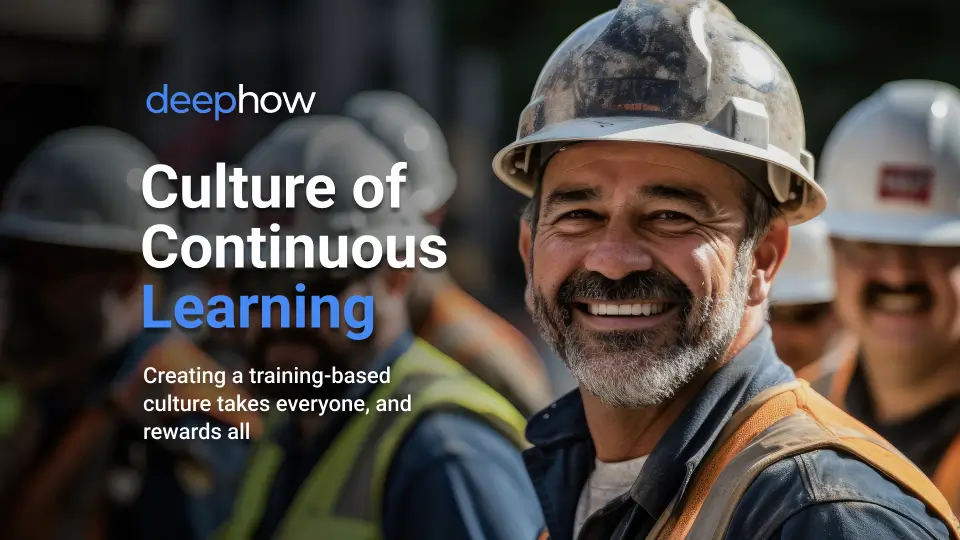
The world of work has been evolving at a rapid pace, with changing technologies, increasing globalization, and shifting workforce demographics. This new landscape demands that individuals and organizations alike adapt and develop essential workplace readiness skills. By investing in the development of these competencies, businesses can empower their workforce, foster a culture of continuous learning, and maintain a competitive edge in their respective industries.
This beginner's guide to workplace readiness skills offers a comprehensive overview of the most crucial competencies to focus on and provides strategies to help organizations nurture a skilled and adaptable workforce. By prioritizing the development of these key skills, you can ensure your employees are well-equipped to face the challenges of the modern workplace and contribute to your organization's long-term success. Remember, a well-prepared workforce is the backbone of a thriving and resilient organization.
What Are Workplace Readiness Skills?
Workplace readiness skills are the essential competencies that employees need to perform effectively in their jobs. These core skills, including communication, teamwork, integrity, problem-solving, work ethic, and initiative, enable individuals to navigate and succeed in the workplace. Developing these skills takes time and practice, with employees honing them in various environments to ensure success in their professional lives.

Why Workplace Readiness Matters for Skilled Trades
Workplace readiness is crucial in skilled trades, where employees need to adapt to rapidly evolving technologies and processes. This rapid innovation, combined with high employee turnover and retirement rates, results in a critical skill gap for organizations. Deloitte estimates that manufacturers are facing a shortage of two million workers.
In order to stay competitive, minimize downtime, and control costs, effective knowledge training and workforce readiness must be a priority, not only to attract less qualified workers who can be trained upon hire but also to retain the ones you still have.
Organizations prioritizing workplace readiness are far better positioned to meet industry challenges, improve productivity, and foster a culture of innovation and collaboration, reducing turnover and outperforming their competitors.
Top Work Readiness Skills to Develop in 2023
Adaptability and Flexibility: Embrace Continuous Learning
In an ever-changing work environment, adapting and being flexible is crucial. Employees who can handle change effectively and adjust their task approach will likely thrive in the skilled trades. By embracing continuous learning and seeking out new experiences, individuals can build their adaptability and flexibility skills, positioning themselves for success in the future of work.
Per the World Economic Forum, business is evolving at a rapid pace in today’s fourth industrial revolution - resulting in unprecedented change and unpredictable needs for businesses. Workers who can rise to these challenges and meet these evolving demands will be best positioned to succeed.
Critical Thinking and Problem Solving: Engage in Real-World Scenarios
Skilled trades professionals face complex challenges daily. Critical thinking and problem-solving skills enable employees to analyze situations, develop creative solutions, and make informed decisions. Engaging in real-world scenarios and tackling challenging problems helps individuals hone these skills, equipping them with the tools necessary to excel in their respective industries.
According to The Proceedings of the National Academy of Sciences (PNAS), individuals learn more when they are actively engaged than through passive lectures. Harvard University agrees: “In all of the courses at Harvard that we’ve transformed to active learning, the overall course evaluations went up.” Traditional methods of teaching and learning aren’t as conducive to high-impact and efficient learning. Training on the job and building skills in the actual training environment is the most effective way to learn.

Digital Literacy: Stay Current with Technology
According to a survey administered by the National Center for Education Statistics at the US Department of Education, only 29% of currently employed manufacturing workers possess the advanced skills necessary to adapt to changing technology. Digital Literacy, or “the ability to use digital technologies–both hardware and software–safely and appropriately” (Center for Strategic and International Studies), is paramount to supporting these workers as the manufacturing industry undergoes a massive technological transformation.
Employees must proficiently use various digital tools, software, and platforms relevant to their industry. This skill allows them to work efficiently, stay updated on industry advancements, and adapt to new technologies. By staying current with technology trends and regularly learning new tools, individuals can ensure they remain digitally literate and prepared for the future – and manufacturing organizations will have larger, more qualified pools to hire from to address the shortage of workers.
Time Management and Organization: Develop Efficient Work Habits
Effective time management and organization are essential for meeting deadlines, prioritizing tasks, and maintaining productivity. Employees who can plan their work efficiently, allocate resources, and balance multiple tasks simultaneously are more likely to excel in their roles and contribute to the organization's overall success.
According to the University of Georgia, workers who manage their time effectively are more productive and experience less stress. Developing efficient work habits and consistently evaluating personal productivity can help individuals improve their time management and organizational skills.
Cultural Competence and Inclusivity: Foster a Diverse and Inclusive Mindset
As businesses develop and implement diversity, equity, and inclusion (DEI) strategies to improve their ability to hire while grappling with the ever-present skills gaps, workers too must grow and evolve in their own cultural competency and inclusivity skills. According to Deloitte, committing to a DEI strategy today will create hundreds of thousands of pathways to job opportunities for people of color, improving the pool of qualified candidates for businesses and increasing equity and parity for underrepresented communities.
Employees who understand and respect their colleagues' diverse backgrounds, perspectives, and values can work effectively in multicultural settings. This skill also promotes a positive work environment where all team members feel valued and included, contributing to overall workplace satisfaction and productivity. By fostering a diverse and inclusive mindset, individuals can develop the cultural competence needed to thrive in an interconnected world.

How to Cultivate Workplace Readiness Skills in Your Workforce
Human resources and learning & development leaders should prioritize implementing training and development programs to enhance workplace readiness skills. These training programs are critical to fostering collaboration, teamwork, and a growth mindset within organizations.
By providing employees with opportunities to work together, seek feedback, and take on new challenges, organizations can create a positive environment where skill development is valued and rewarded.
The use of real-world scenarios in training helps employees understand the practical applications of these skills, ultimately contributing to a more productive and efficient workplace.
For HR professionals, workforce readiness will be a critical theme in ensuring their employees are prepared to meet the demands of the future of work. Reducing churn, maximizing efficiency, and capitalizing on the employees you already have will be key indicators of company success in the years to come.
Let’s walk through a few strategies your people team can employ to cultivate work-ready teams.
Implement Training and Development Programs
Invest in training and development programs that focus on building workplace readiness skills. Offer workshops, webinars, or online courses that cover essential topics like communication, teamwork, and problem-solving.
Skills directly tied to proprietary workplace processes should not be ignored, however. Strike a balance between developing critical thinking and general workplace readiness skills with the knowledge training necessary to perform each role accurately and effectively. Additionally, prioritizing role-specific development is essential to build confidence and ensure proficiency in each worker’s competencies.
Encourage Collaboration and Teamwork
Collaboration is powerful and productive. According to researchers at Stanford University, workers focused collaboratively on tasks 64% longer than solitary workers. Tackling problems together is a motivating factor that cannot be ignored, particularly in settings where competency levels are mixed.
Foster a workplace culture that values collaboration and teamwork. As an HR or L&D leader, brainstorm opportunities for employees to work together on projects, share ideas, and learn from one another. Adopt technology that fosters internal collaboration and rewards contributions from team members with recognition and appreciation.
Provide Opportunities for Feedback and Growth
Effective feedback is the engine that powers successful workplace readiness initiatives, as it encourages a growth mindset within your organization, keeps employees engaged in their personal development, and unlocks the continued development of workforce skills that drive operations. That’s why it’s important to support employees in seeking new challenges and taking calculated risks. This approach helps foster a positive environment where team members feel comfortable developing their workplace readiness skills without fear of failure.
You’ll also want to build in regular and expected feedback opportunities to ensure managers have time to invest in employee development in addition to their own responsibilities. Prioritizing development is critical to employee retention.
Recognize and Reward Skill Development
Celebrate employees' achievements in developing workplace readiness skills by recognizing and rewarding their progress. This can be done through public recognition, promotions, or incentives such as bonuses or additional training opportunities. By acknowledging their growth, you reinforce the importance of skill development and encourage continued learning.
Additionally, a pattern of recognition will encourage all employees to lean into training and continuous learning. Offering awards to those capable of being subject matter expert improves the quality of internally built instruction and the likelihood that other employees will want to be a part of it.
Include Real-World Scenarios in Training
Using real-world scenarios and case studies in your training programs can help employees better understand the practical applications of workplace readiness skills. This strategy allows them to see the direct impact of these skills on their daily work and enhances their ability to apply the learned concepts in real situations.
Empower Your Team with Vital Work Readiness Skills
By implementing the strategies and focusing on the work readiness skills discussed in this guide, you will significantly enhance the capabilities of your team, ultimately leading to a stronger and more resilient organization.
Investing in the development of these essential skills not only benefits individual employees but also contributes to the overall success of your company. As your workforce becomes more adaptable, emotionally intelligent, and effective at problem-solving and communication, you can expect increased productivity, innovation, and collaboration, all of which are vital for your organization's long-term growth and competitiveness.








